In comprehensive school, students are usually well cared for. After the final grade, in the first week of June, the guidance counsellor suddenly stops needing to know anything about a student or his or her life.
Mervi Haavanlammi’s team does not believe it needs to be this way.
“The problem today is the fragmented nature of the system. At an important crossroads after comprehensive school, there is no one to take responsibility for the future of young people. Young people are bounced around. Even parents do not always know what to do if a young person is not accepted into a school or if they are not even interested. Young people do not know where to turn for help,” Haavanlammi explains.
MunStepit programme builds a bridge at a point where many young people fall behind because of a lack of support.
The MunStepit intervention programme was created to fill this void. MunStepit is a new intervention programme that prevents social exclusion and increases the co-operation between comprehensive schools and job centres. It builds a bridge at a point where many young people fall behind because of a lack of support.
There are over 10,000 young people in Finland that have not been accepted into further education or found a job after comprehensive school. Because the risk of social exclusion increases drastically if school leavers do not go onto further education, this is a vital group to target.
MunStepit is an intervention programme where the student receives mental resource education starting in the seventh grade. It is provided through adventure pedagogical methods, among other things. The student creates a portfolio of his or her personal resources and wishes and learns problem-solving skills, for example. There is no need to change the education curriculum, because adventure pedagogy goes well with phenomenon-based learning.
And if a young person is not accepted into a school or does not find employment after comprehensive school, the same person who initiated the mental resource education can help steer the young person towards the adult world.
“The MunStepit coach is with a young person throughout junior high school and is always available by phone,” says team member Mirja Ihanus.
The idea is that young people are never left with no support to count on. MunStepit has combined research knowledge and practices creating a single intervention programme that uses pre-existing structures. Mervi Haavanlammi explains that the intention is to launch a trial intervention programme in a few selected local authority areas. That requires that school staff, social services and job centre staff are trained first.
The new thing about the intervention programme is the co-operation between various bodies after comprehensive school. The companion – the MunStepit coach – supports a young person for five years after comprehensive school. Currently this type of support is not available. A similar type of support, however, is offered through the Time Out! Getting Life Back on Track support programme, where young men in need for help are provided with support during conscription.
Simple but targeted and individualised operational changes can prevent social exclusion.




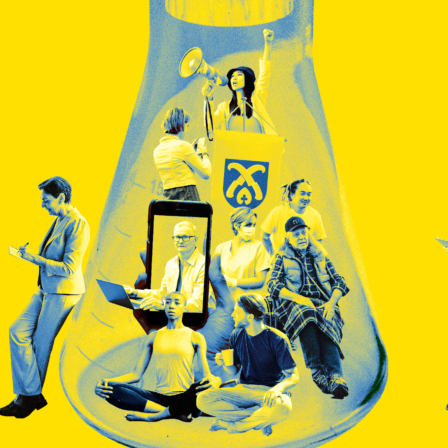
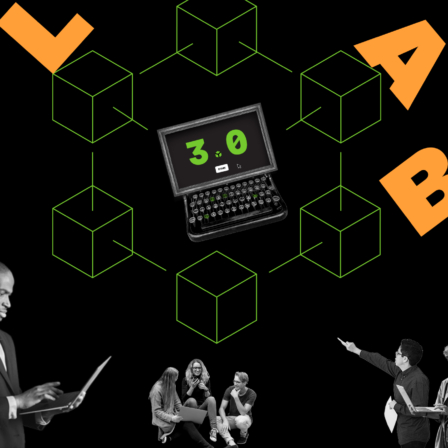
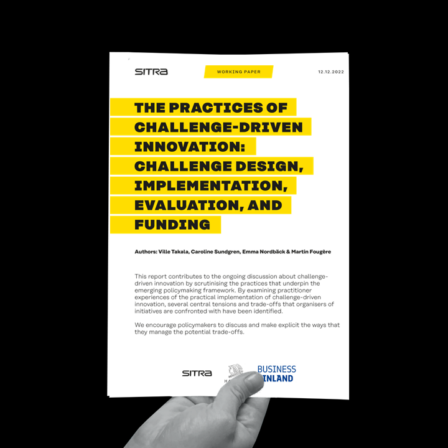
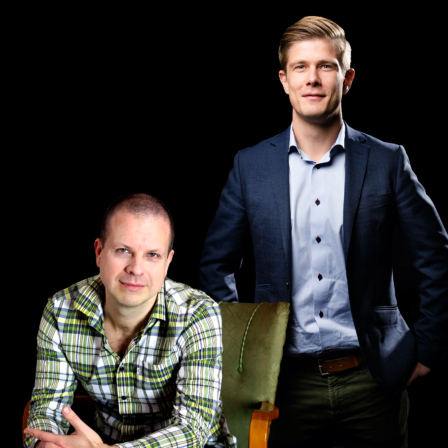




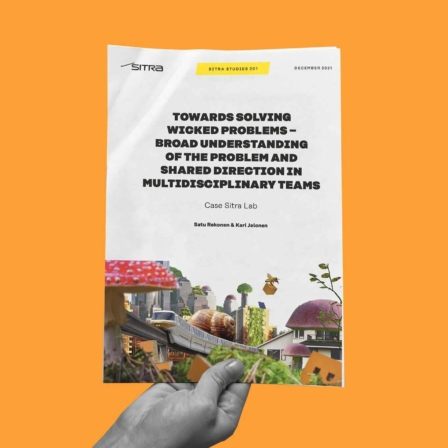



Recommended
Have some more.